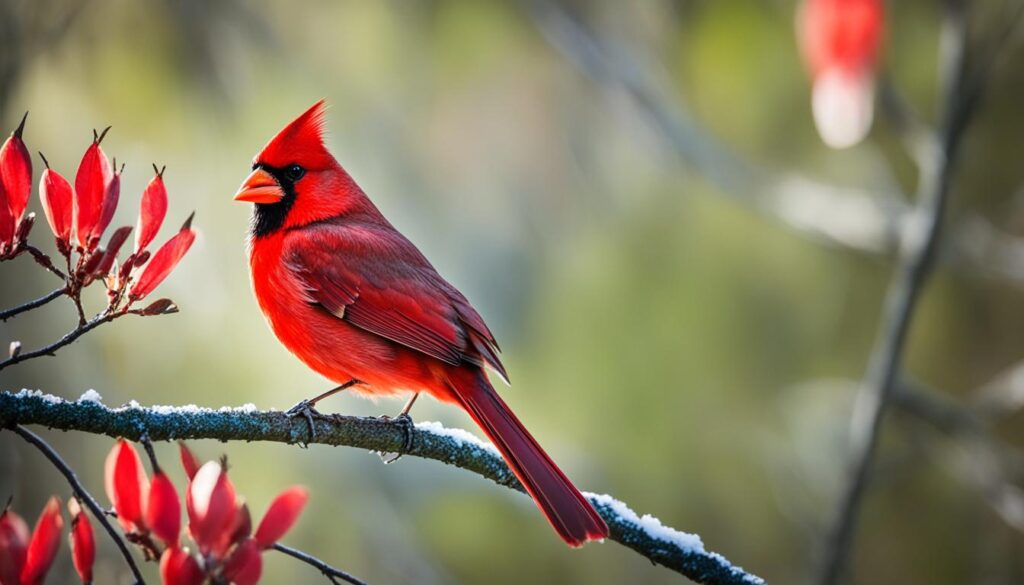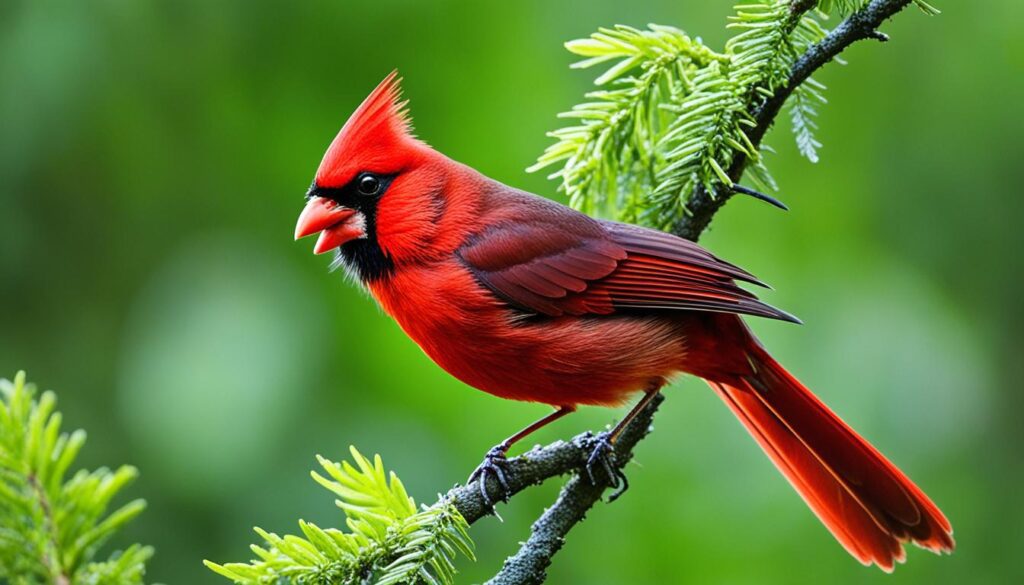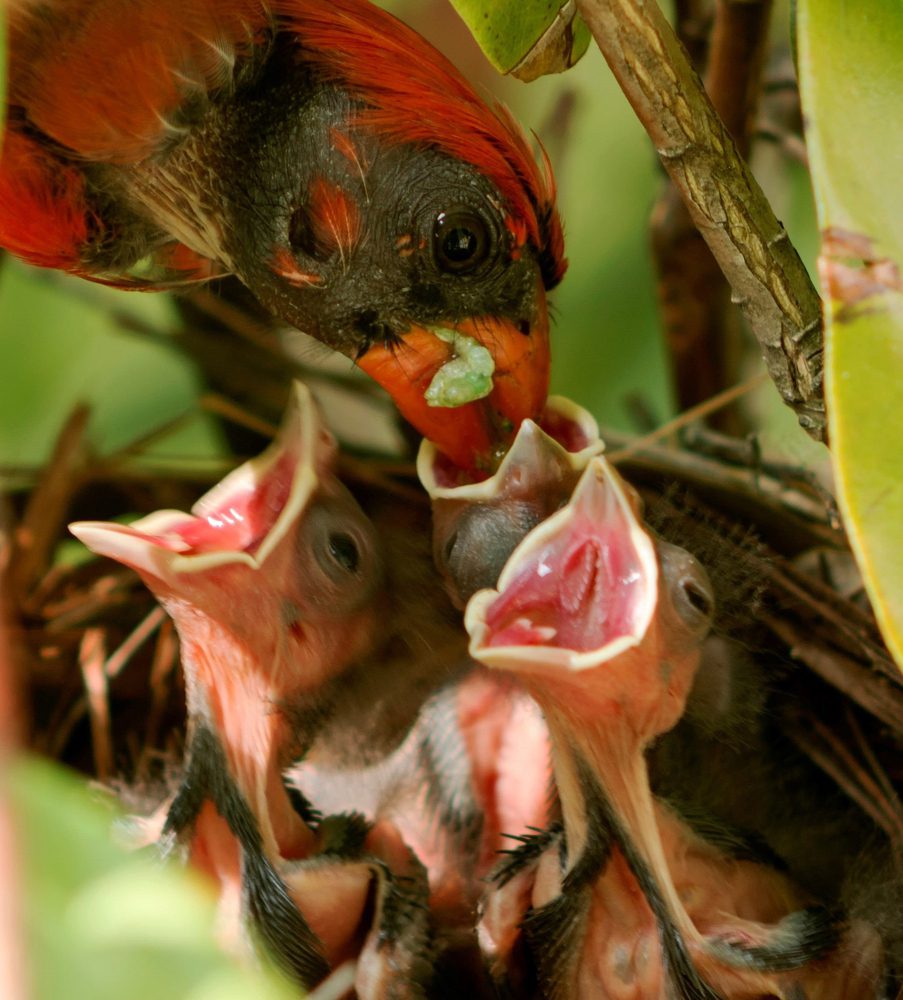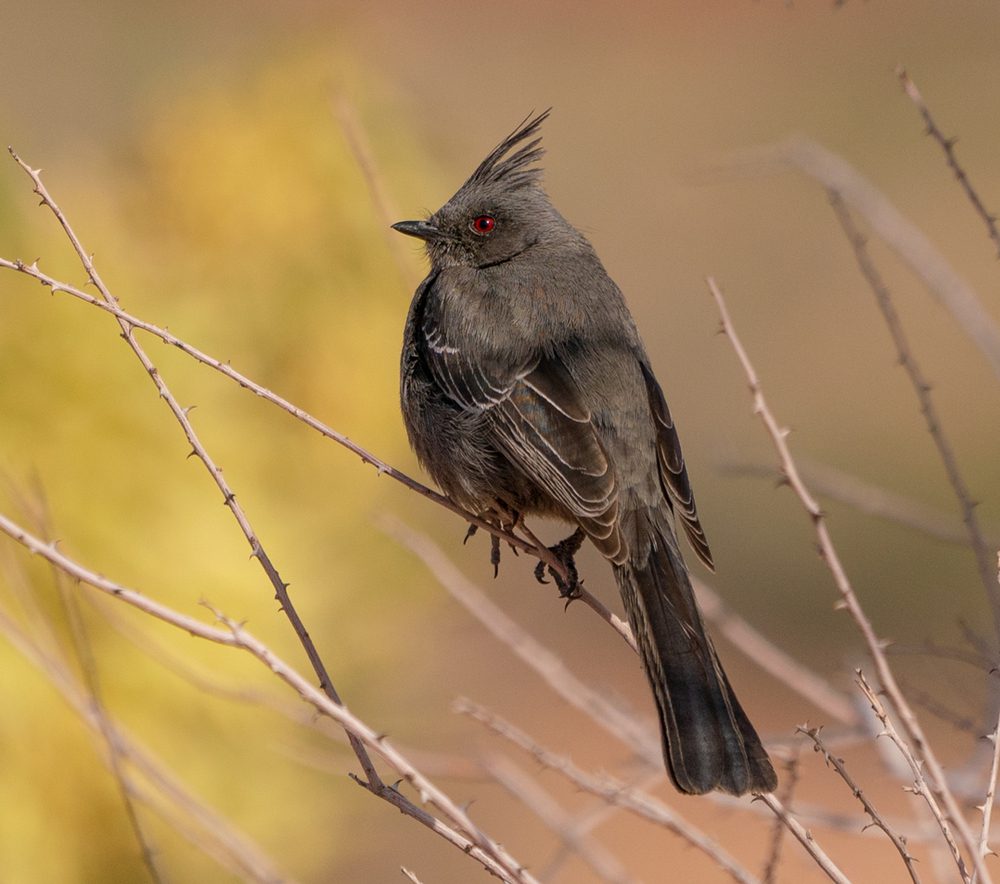Did you know many baby cardinals need assistance each year? While their cute appearance makes them adorable, their innocence often gets them into trouble when people try to help without knowing how best to assist. If you come across one in need it’s essential that you consider their circumstances before offering assistance in any form. If that ever occurs for you it would be important for you to know whether and in what capacity.
What to Do if You Find a Baby Bird: First, verify it needs your assistance; if so, look for someone licensed to care for wild animals such as wildlife rehabilitators; otherwise prepare yourself as taking care of a bird can be quite a lot of work if there’s no expert available – taking on such responsibility can be very demanding indeed!
Key Takeaways:
- Wildlife rehabilitation facilities tend to receive hundreds of baby cardinals each year for rehabilitation.
- Before intervening with any baby cardinal, it’s essential to establish whether it needs assistance.
- Finding a licensed wildlife rehabilitator is the ideal solution to ensure proper care is taken with a young cardinal.
- Prepared and knowledgeable individuals must always strive to care for baby cardinals themselves.
- Acknowledging and understanding the needs and behaviors of baby cardinal birds are integral parts of their successful rehabilitation.
Determining if the Baby Cardinal Birds Needs Help
Finding an adorable cardinal chick can bring tears of joy – but can also leave us asking: does this baby need help? Here is an easy guide that will help determine its needs.
First, check if the bird has fuzzy or feathered wings. If its wings have feathers, this indicates a fledgling under its parent’s watchful gaze learning how to fly – in most cases this means leaving nature take its course; but in case there’s danger such as animals approaching it or busy paths nearby then moving it to safer spots like low branches would be kind gesture that keeps its parents within its reach without adding stress to them or any potential danger for itself.
If a bird appears fuzzy and disoriented after having fallen from its nest, and all parties concerned (i.e. parents are present and accepting), try gently placing it back. If this option fails, alternative arrangements such as providing makeshift nests such as grass-lined containers in safe shady locations might work effectively instead. In any event, keep an eye out to see if its parents come back soon enough and take over caretaking duties again.
If the fuzzy chick is alone and looking neglected, now may be the time to contact professional wildlife rehabilitators. Their skills and resources will allow them to care for it properly and ensure its survival and wellbeing.
Illustrated below is a table summarizing the steps to determine if a baby cardinal needs assistance:
| Scenario | Determination | Action |
|---|---|---|
| The bird is feathered | Fledgling, parents present and caring | Leave it alone or move to a low tree branch if necessary |
| The bird is fuzzy | Parents present, attempt to return to nest | Place the baby back in its nest or construct a new one |
| The bird is fuzzy | Parents absent or rejected | Contact a licensed wildlife rehabilitator |
Raising a Baby Cardinal Bird
Raising a baby cardinal on your own? Here is an easy guide that will make them feel secure while growing healthy:
1. Make a Cozy Nesting
What to do: Provide baby cardinals with boxes filled with shredded newspaper or cloth for them to snuggle comfortably within, similar to their natural nest.
Why does It Matter: A comfortable nest will allow baby cardinals to feel secure.
Pro Tip: Regular cleaning and bedding replacement will benefit their wellbeing as birds.
2. Keep It Warm
What to do : For optimal success in keeping a baby cardinal warm without overheating them too quickly, use either a heat lamp or heating pad under its box to maintain warmth without making too hot an environment for survival. Checking temperature regularly is necessary in order to prevent overheating which could harm its wellbeing and welfare.
3. Feed it Right
What to do : To properly feed a bird, mix together some wet dog or cat food, soft fruits and special grain mix into a mash for it. Feed every 15-30 minutes using either a dropper or syringe until all food has been eaten up by making sure they eat every bite as prescribed by their veterinarian.
As it grows: Introduce solid food and tree branches gradually to help teach it how to feed on its own.
4. Move It Outside
What to do : Once the bird becomes adept at feeding on its own, move it outside into an outdoor cage for some exposure to nature while providing ample security from predators or bad weather. Be warned It is wise to ensure the cage has adequate protection from both predators and severe weather when moving an outdoor cage-bound bird outside for any period.
5. Let It Go
What to do : Once the bird can feed itself and stops asking for food, slowly open its cage so it may leave when ready. This gentle release allows a cardinal bird to adjust more smoothly to life in nature over time.Follow these steps and watch your baby cardinal flourish and return to its native habitat a stronger bird than before.
| Step | Description |
|---|---|
| 1 | Create a Comfortable Nest |
| 2 | Maintain Warmth |
| 3 | Proper Feeding |
| 4 | Transition to an Outdoor Enclosure |
| 5 | Soft Release |
Providing the right care for a baby cardinal is a rewarding experience. Following these guidelines will give the bird the best chance of survival and a successful transition to the wild.
Cardinal Bird Behavior and Habitat
Cardinal bird behavior is truly captivating to observe in nature. Northern cardinals in particular stand out as fascinating wildlife stars with their striking features that make them easy to observe in nature. Northern cardinals are notable for their distinctive hopping movements as they navigate low branches near ground-level foraging to find food faster while exploring their environment more thoroughly.
Cardinals often sing and preen from high branches of shrubs while foraging for food, using these perches to showcase their colorful plumage and melodious songs. Cardinals prefer dense shrubby areas like forest edges, overgrown fields, or marshy thickets as these provide thick cover needed for protection and nesting purposes.1.
“Cardinals commonly form pairs during the breeding season, engaging in courtship rituals that include singing and feeding each other. However, in the fall and winter, they gather in large flocks, joining forces with other bird species to forage together.”
- Cardinals forage with other species while flying more slowly thanks to their short wings and small bodies.2.
- They prefer dense shrubby areas that offer protection and privacy to them and their growing families.
Cardinal bird habitat offers ample resources for sustenance and reproduction. These areas support various plants and insects which provide plenty of food year round for these birds.
The Cardinal’s Nurturing Nature
Cardinals are monogamous birds with strong bonds between partners that is evident through their breeding behavior. Cardinal couples work collaboratively during mating season to construct nests and raise young. Male cardinals provide food to female incubating the eggs ensuring she receives proper nourishment to insure successful offspring development and to promote sustained bonding relationships between birds.
Once the eggs hatch, both parents are responsible for providing enough sustenance to sustain their growing brood of chicks. Hunting insects or collecting other sources of nutrition to meet this growing need.
As their chicks mature, cardinal parents provide essential life skills. They teach their young to fly, forage for food and navigate their surroundings safely while remaining independent as they prepare to embark upon new paths of their own. Through such guidance and supervision, fledglings develop essential life-skills necessary for survival and independence when venturing forth onto new adventures of their own.Below is an image depicting a vivid cardinal bird in its natural environment:

| Cardinal Bird Behavior | Cardinal Bird Habitat |
|---|---|
| Northern cardinals hop through low branches and forage on or near the ground. | Cardinals nest in dense shrubby areas such as forest edges, overgrown fields, and marshy thickets. |
| They commonly sing and preen from a high branch of a shrub. | They prefer secluded areas with thick cover for protection. |
| Cardinals typically move around in pairs during the breeding season but form large flocks in fall and winter. | |
| They forage with other species and fly somewhat reluctantly on their short, round wings. |
Cardinal Bird Diet and Range
When it comes to their diet, adult cardinals have a varied menu that includes seeds, grains, berries, and insects. They are particularly reliant on the seeds provided in bird feeders during the winter months, which helps sustain them through the colder season. Interestingly, cardinals also consume grapes or dogwood berries, which contribute to the maintenance of their vibrant red coloration. These colorful birds have developed a taste for a diverse range of foods, allowing them to adapt to different environments and food sources.
The range of northern cardinals spans across the Eastern United States, Mexico, and Southern Canada. This area serves as their primary habitat, providing the necessary resources for their survival. However, in recent years, their range has been expanding due to bird-friendly landscaping practices adopted in urban areas. Additionally, the availability of supplemental food, such as bird feeders and backyard habitats, has further facilitated their spread. It is not uncommon to spot these stunning birds in areas where they were once less abundant.
| Cardinal Bird Diet | Cardinal Bird Range |
|---|---|
| – Seeds | – Eastern United States |
| – Grains | – Mexico |
| – Berries | – Southern Canada |
| – Insects | – Expanding range due to bird-friendly landscaping practices in urban areas |

As adult cardinals continue to thrive and adapt to new environments, their diet and range play crucial roles in their overall survival. Their ability to utilize various food sources and explore new territories demonstrates their resilience as a species. By supporting initiatives that promote bird-friendly habitats and providing supplemental food, we can contribute to the longevity and well-being of these remarkable creatures.
Conclusion
Caregiving baby cardinal birds is an enjoyable and fulfilling activity to help ensure they grow up healthy and strong. Knowing exactly what you are doing ensures their growth runs smoothly – let’s discuss ways you can provide exceptional care!
As soon as you notice a baby cardinal needing help, first assess its situation. If its mother and siblings are nearby and their fluffy body still healthy enough, try placing it back into its nest or building one nearby; but if its condition worsens or its parents disappear altogether, call in someone experienced with taking care of wild birds immediately.
As part of caring for baby cardinals, make sure they have a cozy and safe nest to reside. A box filled with some shredded paper or cloth could work nicely as their habitat while heat lamps or low temperature heating pads should keep their temperatures at just the right level. When feeding them wet dog or cat food mixed with soft fruits as well as special baby bird food should do just fine; once larger they may require more solid food.
As your baby cardinal becomes used to eating on its own without needing much care from you, gradually introduce it outside and let nature do its thing in terms of care for itself. Let the bird live life its own way as much as possible until its time for independence comes around!
Understanding cardinal birds’ behaviors, living habits and migration routes will enable you to provide them with optimal care and ensure they continue being part of our world. Your efforts could make an immense difference! Your help makes the difference for these beautiful creatures as we ensure their continued existence as part of it all.





